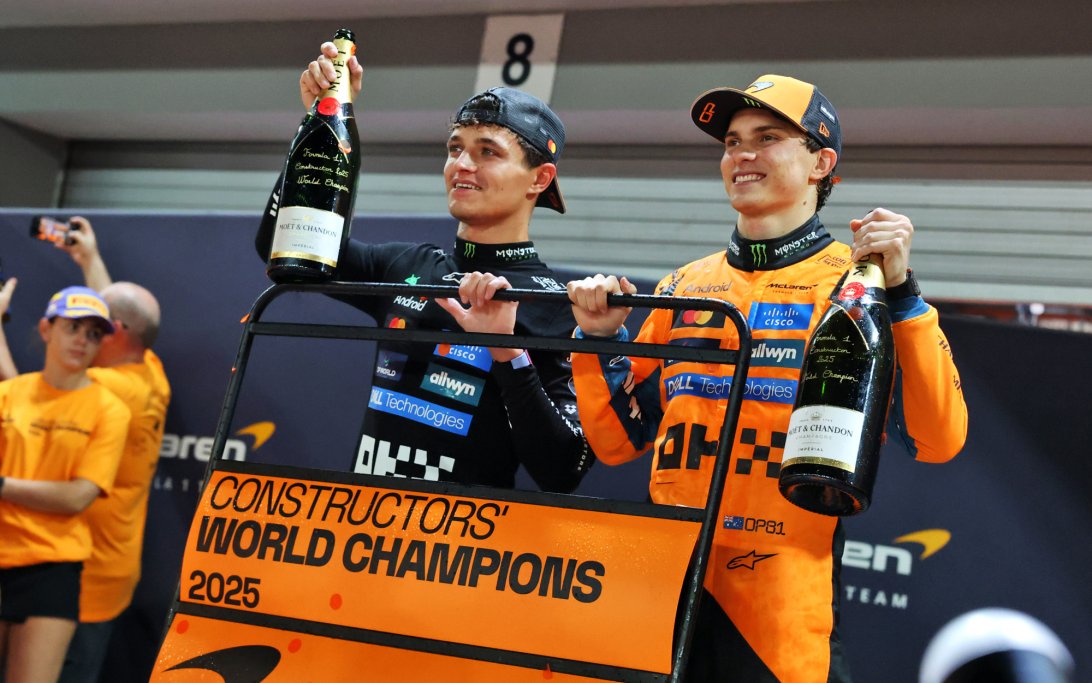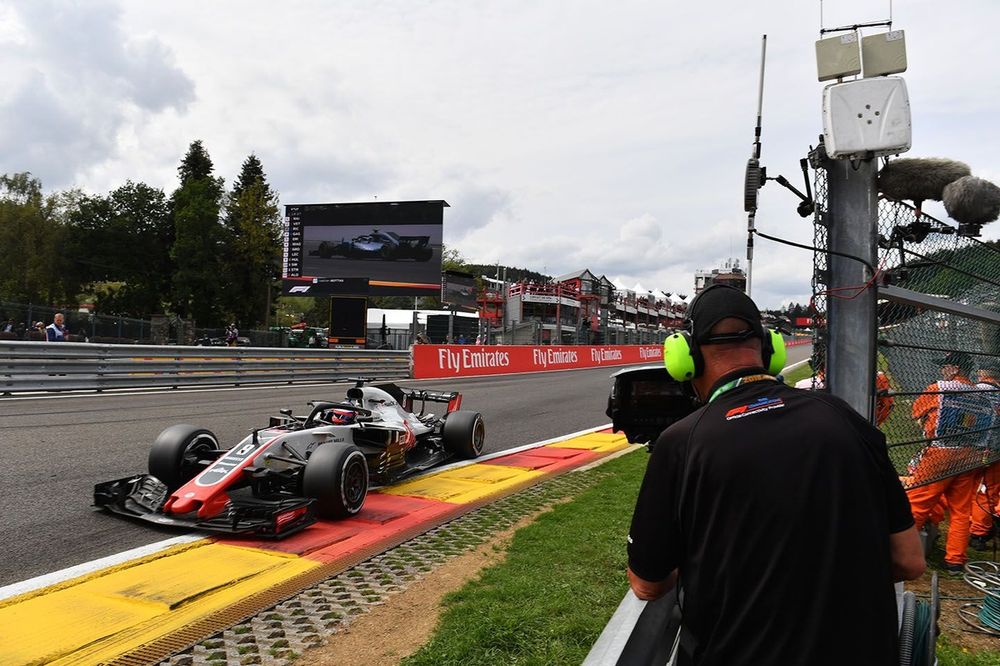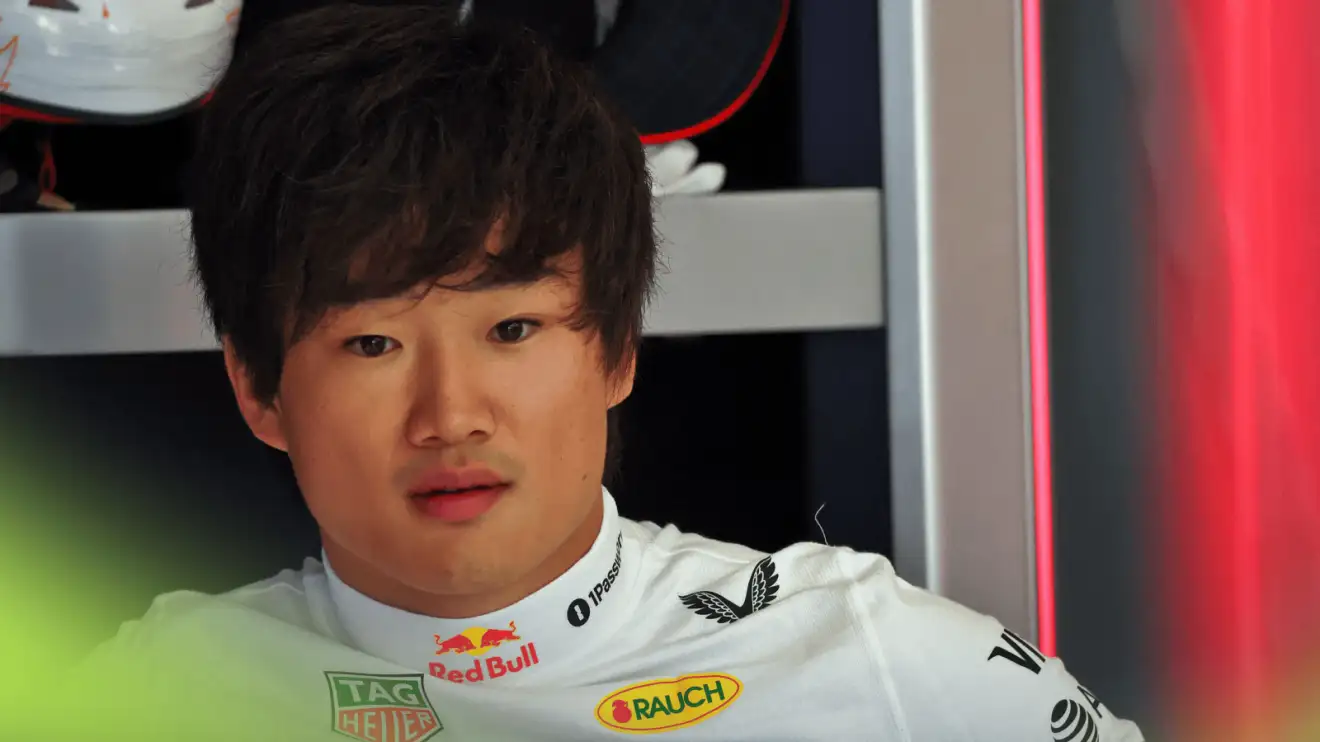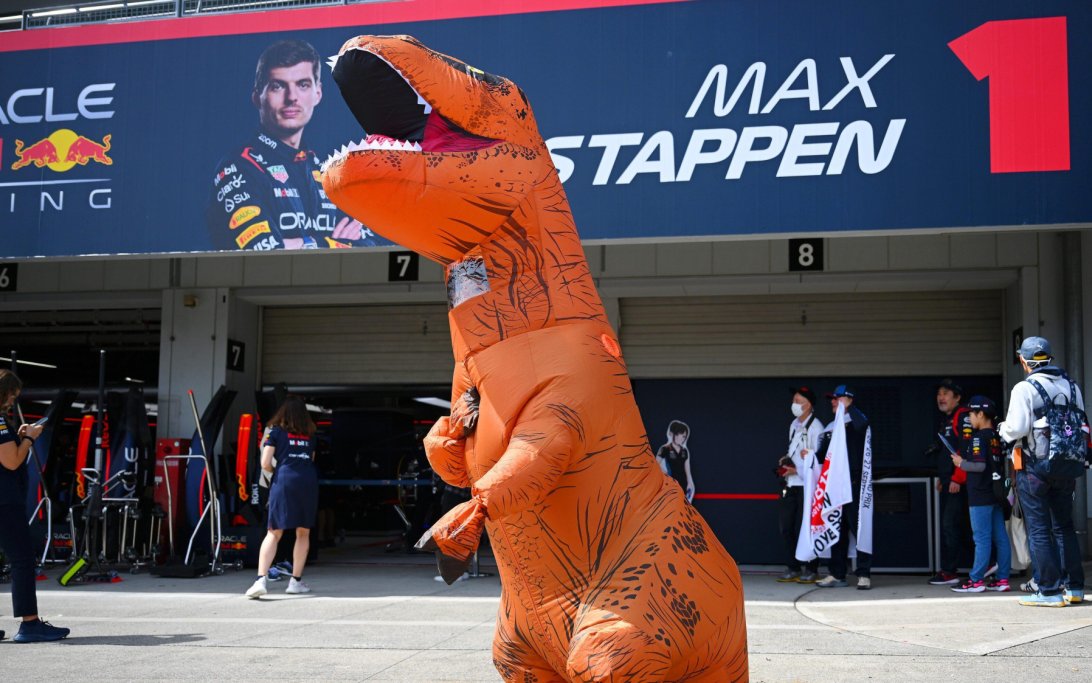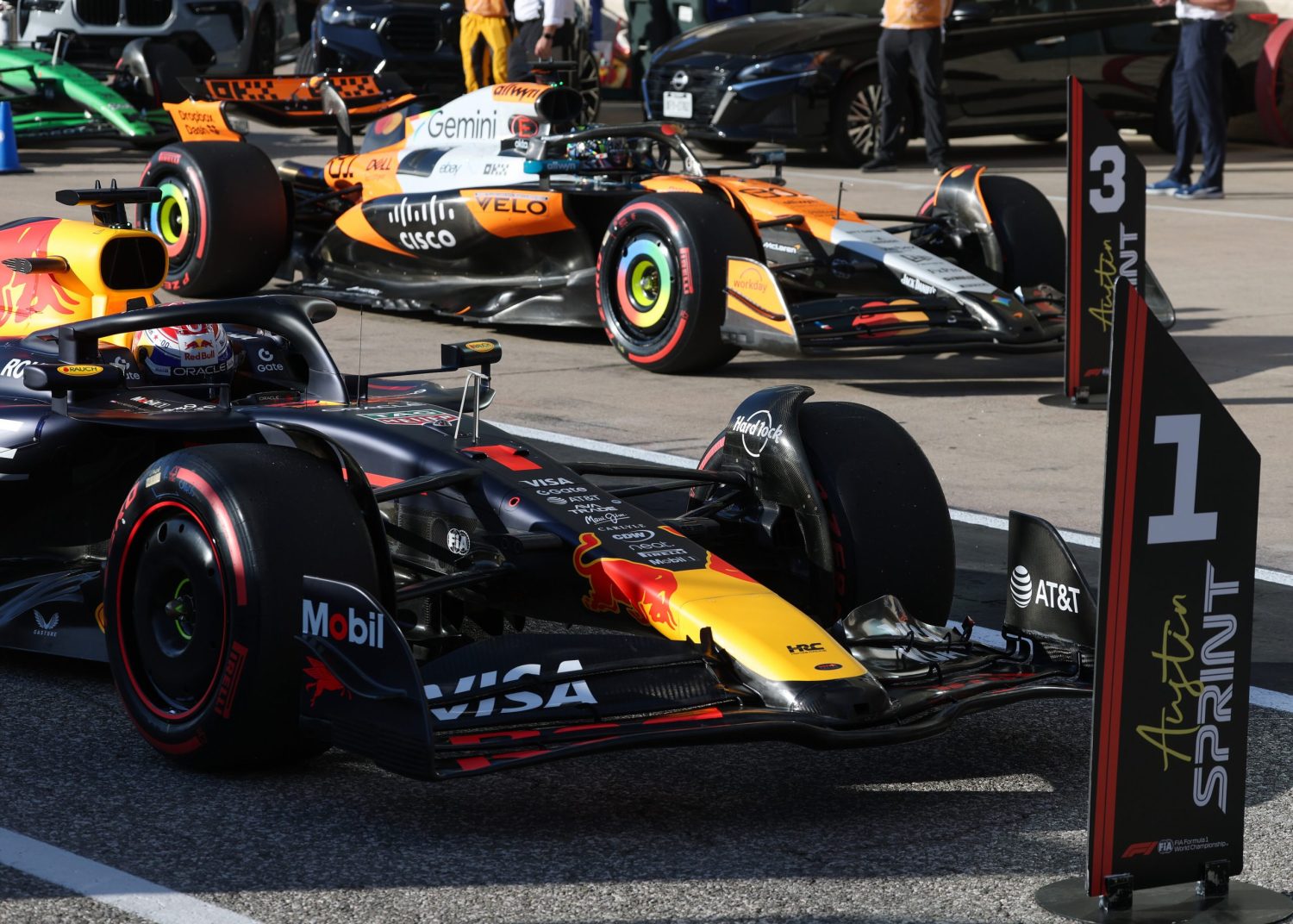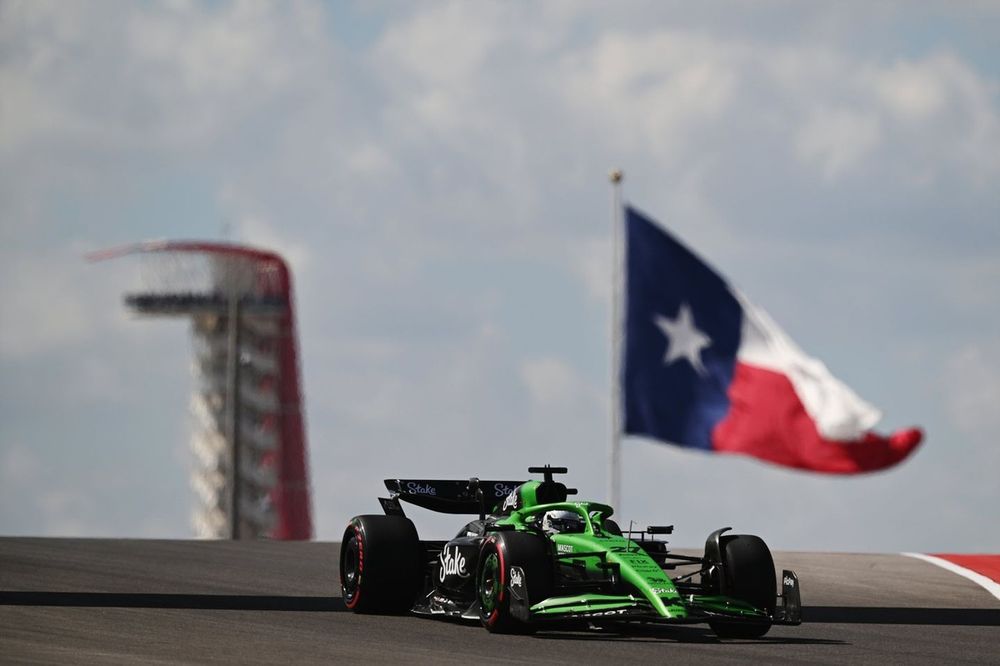
Hulkenberg's US GP Sprint Qualifying Success Linked to Aggressive Ride-Height Strategy
Nico Hulkenberg's surprising fourth-place finish in qualifying for the United States Grand Prix sprint race suggests Sauber adopted an aggressive ride-height strategy. The German driver felt he had hit the "sweet spot" with his setup, a crucial factor given the car's known sensitivity to ride height.
Why it matters:
- Sauber's C45 is particularly sensitive to ride height, generating more aerodynamic benefits from its underbody when run "on the deck." This makes aggressive ride-height management a potential game-changer for their performance.
- Hulkenberg's strong showing, consistently within the top five across all sprint qualifying sessions, highlights the team's successful exploitation of this characteristic at COTA.
- This strategic choice in sprint qualifying, where teams can adjust car setups after the race, offers a valuable opportunity to gather data for the main Grand Prix.
The Details:
- Hulkenberg secured a second-row start, just half a second off Max Verstappen's pole lap, indicating the effectiveness of Sauber's setup.
- Car Sensitivity: Sporting Director Iñaki Rueda confirmed that the C45 performs best when run as low as possible to the ground, maximizing underbody aerodynamics.
- Conversely, the car is more affected at higher ride heights compared to its championship rivals.
- COTA's Condition: While traditionally bumpy, recent resurfacing at the Circuit of the Americas has made it smoother, allowing teams to run lower ride heights without as much disruption.
- Sprint Race Flexibility: The shorter 19-lap sprint format allows teams to be more aggressive with ride heights.
- This is because the risk of exceeding permissible skid block wear is lower, and parc fermé rules allow for adjustments before the main Grand Prix.
- Teams can use the sprint to assess how aggressive a ride height they can maintain for the longer race.
Between the lines:
Sauber's strategy capitalizes on the specific characteristics of the C45 and the unique format of the sprint weekend. By pushing the limits of ride height in sprint qualifying, they not only achieved an excellent grid position but also gained critical data on the car's performance envelope on the COTA track. This aggressive approach demonstrates a calculated risk, aiming for immediate gains while informing their setup decisions for Sunday's main race.
What's Next:
While Hulkenberg acknowledged the challenge of battling historically quicker cars, he aims to convert his strong starting position into points in the sprint race. His ability to maintain pace and manage tire degradation against faster competitors will be key. The data gathered from this aggressive ride-height experiment in the sprint will undoubtedly influence Sauber's approach to the main Grand Prix, where a more conservative but still optimized setup might be necessary to ensure reliability over a longer distance.
Original Article :https://www.motorsport.com/f1/news/ride-height-approach-behind-hulkenbergs-excel...


